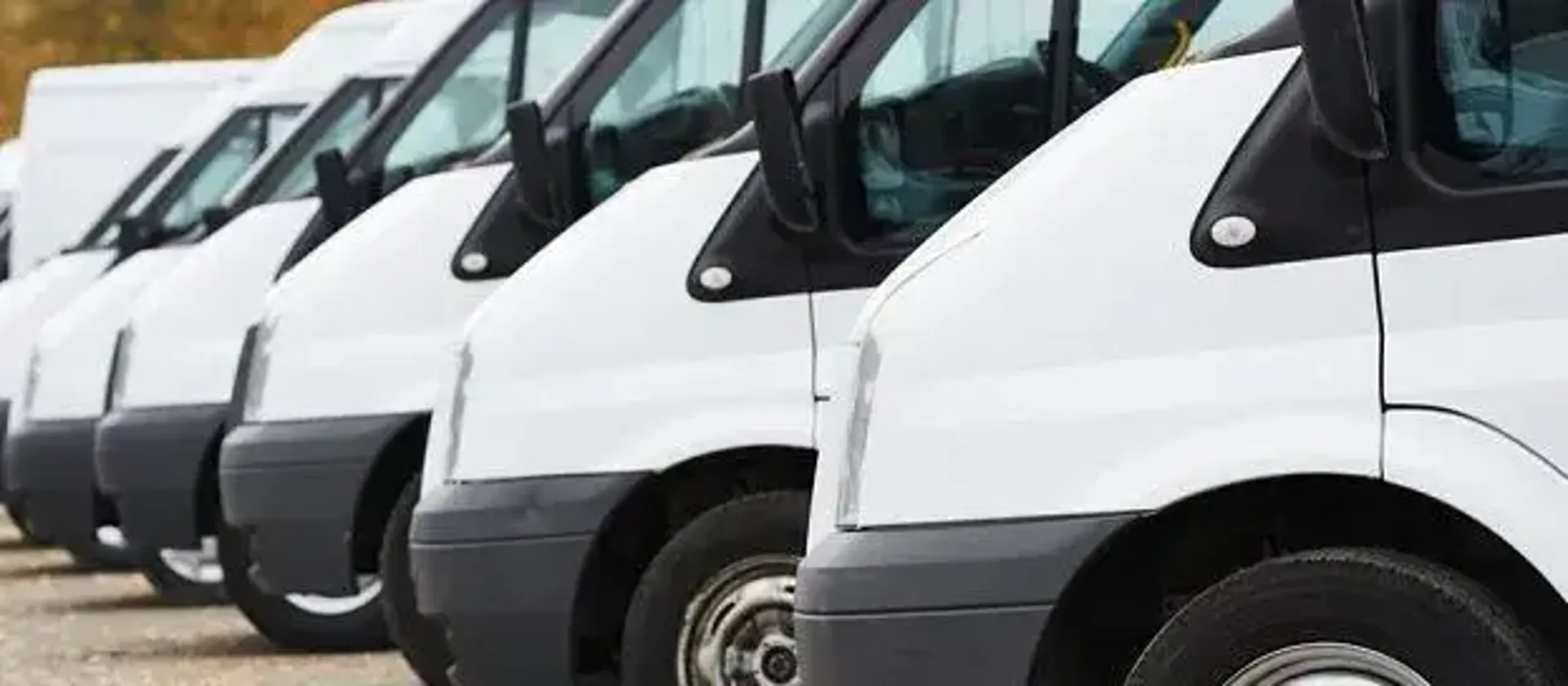
06/06/2016
We all know that running a fleet means counting pennies. But how can you drive down the costs of fleet management without adversely affecting the service you deliver? Follow these tips for smaller spending and more efficient driving.
Mileage control
If your fleet drives fewer miles, it spends less money on fuel, and controls its maintenance bills. But how do you make sure your vehicles aren’t driving further than they should?
Mileage control has two basic elements: route planning and vehicle tracking. Plan your routes to be more efficient (shorter, less likely to hit traffic, or always within reach of a participating fuelGenie forecourt). And consider installing tracking devices in your cars and trucks. The data gathered by a tracking device gives you an accurate picture of vehicles that are exceeding their expected mileage. And drivers who know their vehicles are monitored are less tempted to use them for extra-curricular activities.
Fuel efficient driving
Controlling mileage isn’t the only way to control the amount of fuel you use. Driving habits can contribute significantly to the fuel costs associated with each journey. From tyre pressure maintenance to steady driving, your drivers need to know how to handle their vehicles in ways that maximise fuel efficiency.
Low tyre pressure is a huge cause of unnecessary fuel expenditure. The figures are alarming, both from a financial and environmental cost perspective. A research project conducted by Michelin and Volvo found that incorrect tyre pressures and wheel alignment settings could be responsible for a 14.5% excess in fuel consumption. And according to Michelin’s own publication on truck tyres and fuel economy (True or false? Putting an end to the myths behind truck tyres and fuel economy—Michelin, August 2012), 30% of total commercial fuel expenditure is taken up just with turning the wheels on your vehicles.
Consider fitting low-rolling-resistance tyres to your fleet vehicles. While the purchase price of these tyres may be higher, the reduction in fuel use they promise can dive down overall costs.
Advanced gear usage, including block shifting, can help minimise excessive revving and keep fuel consumption on an even keel. It’s wise to change gear in the sub-2,000rpm range.
Focusing on fuel efficiency will diminish the operating costs for your fleet, even if you don’t follow every single recommendation in this article. By understanding how your fleet burns fuel, you’ll empower yourself to make decisions that reduce the amount it burns.
Maintenance
Overall vehicle maintenance, both planned and reactive, is essential to managing fuel costs. Maintenance prevents the mechanical elements of your vehicles from becoming too worn, and placing undue strain on the engine: for example, by forcing it to power a vehicle with badly aligned wheels, or worn brakes.
Tyre pressure (as noted) is a crucial factor in engine strain: but the general condition of your vehicle’s engine, braking system, cooling system, wheels, tyres, and alignment also plays a role. The more worn individual elements are, the worse their effect on fuel management. Planned maintenance stops small problems from becoming big ones, and lets you predict (within reason, and barring accidents) the average lifespan of each vehicle.
Fuel card choice
If a fleet chooses to mandate drivers to use low-cost supermarket forecourts, savings of around 3 pence per litre are possible. A simple solution to ensure enforcement is to choose fuel cards like fuelGenie. The fuelGenie cards are accepted at Tesco, Morrisons, and Sainsbury’s, a coverage that allows you to maintain control of your buying policy: drivers should never be far from a participating forecourt.
How do you keep your fleet costs manageable? Let us know on Twitter and LinkedIn.


